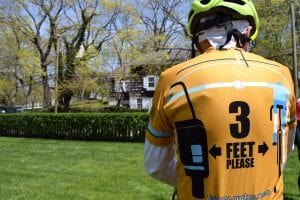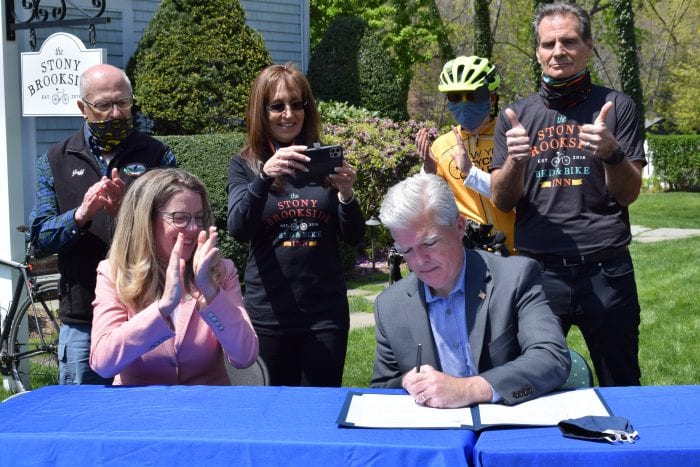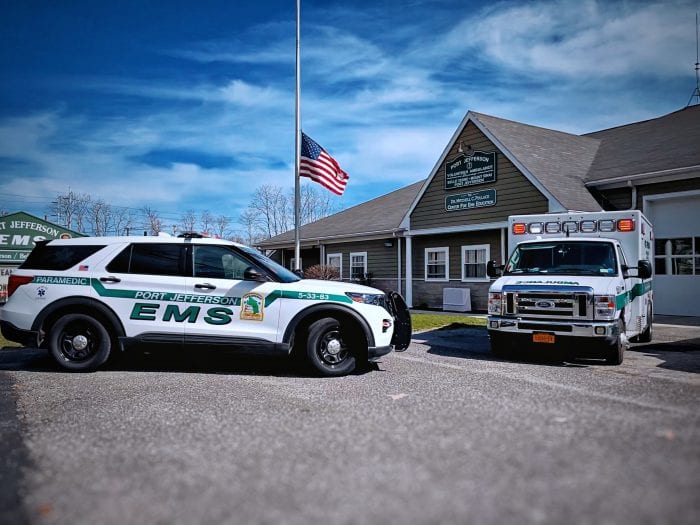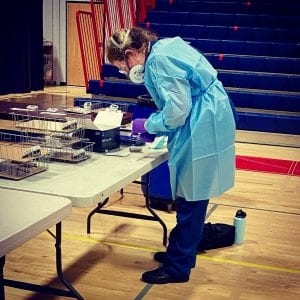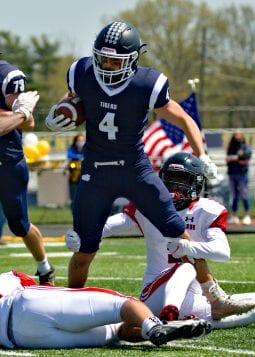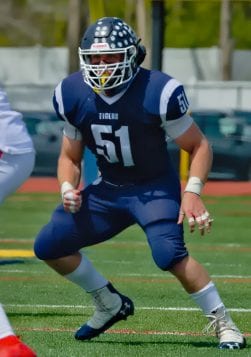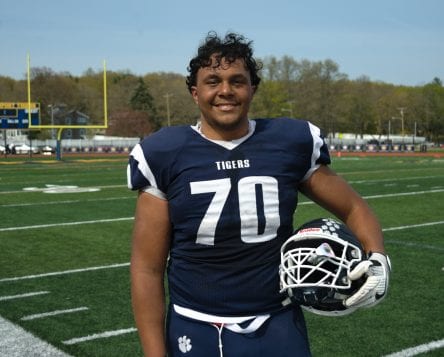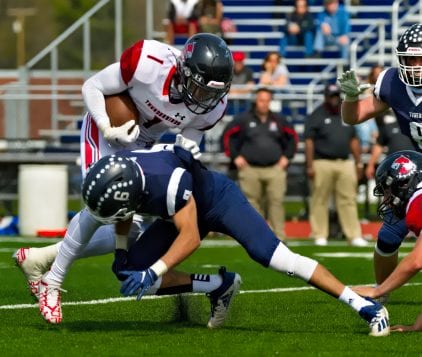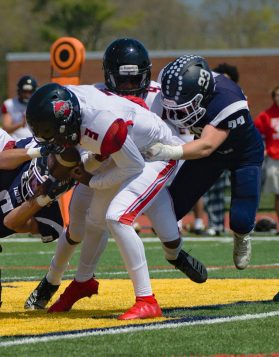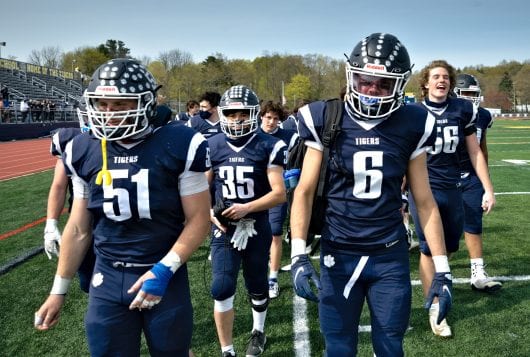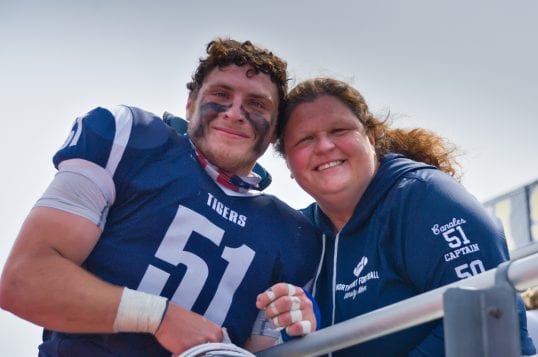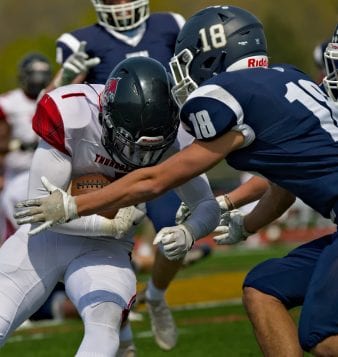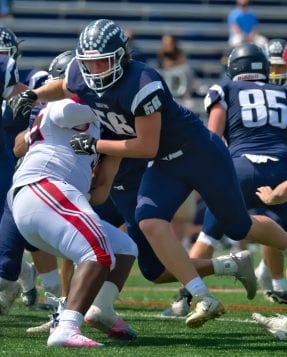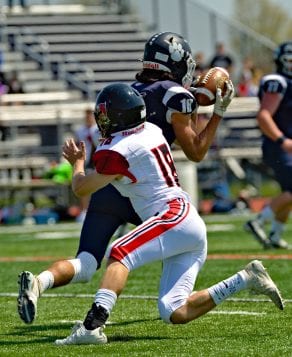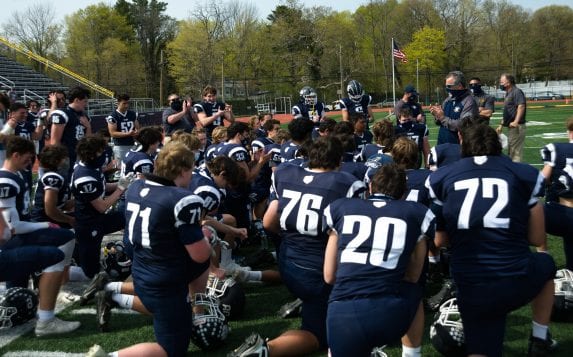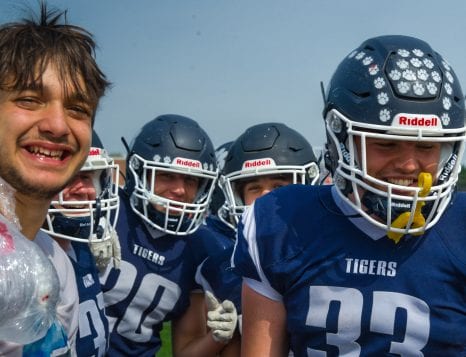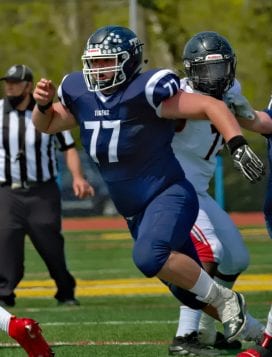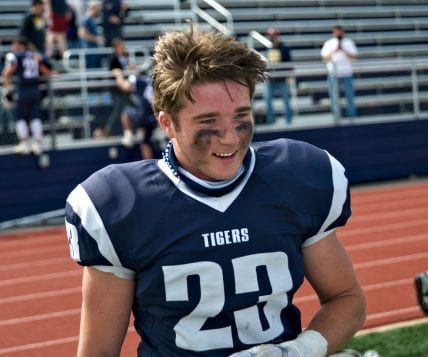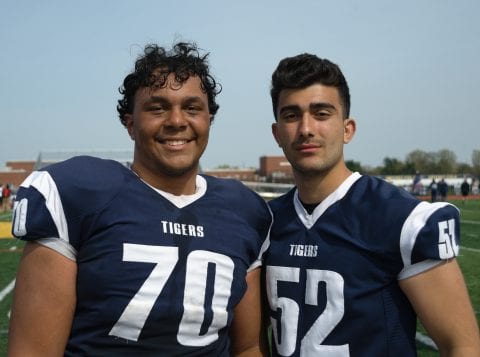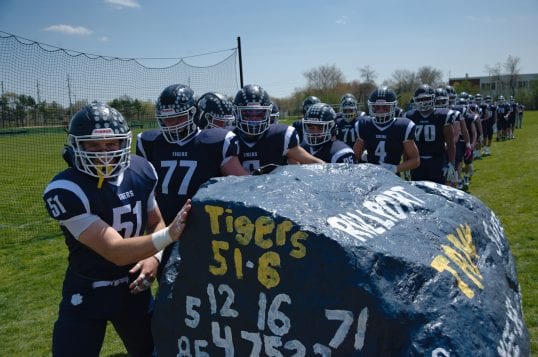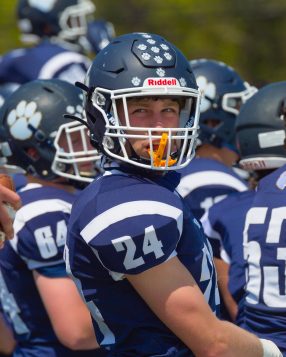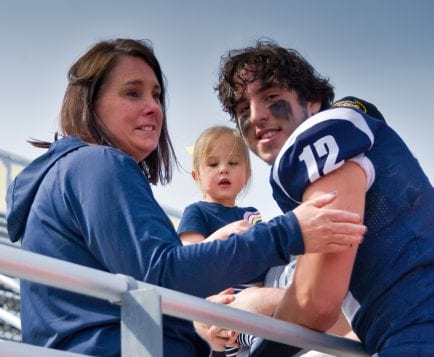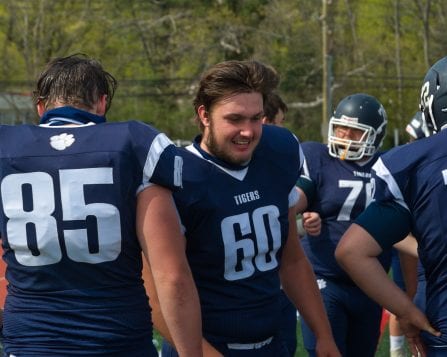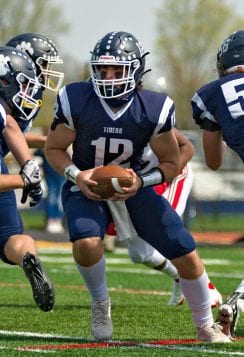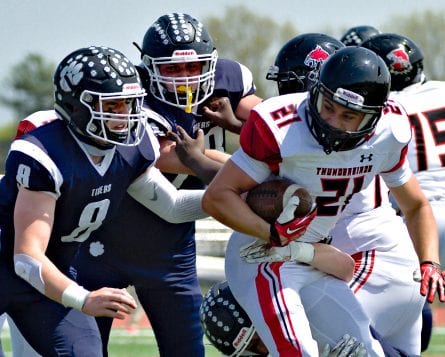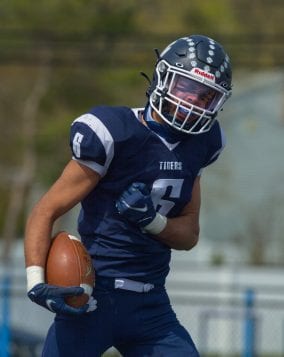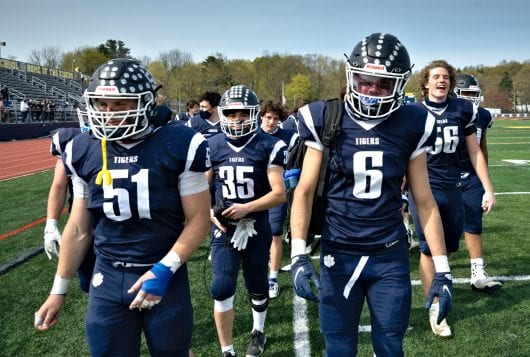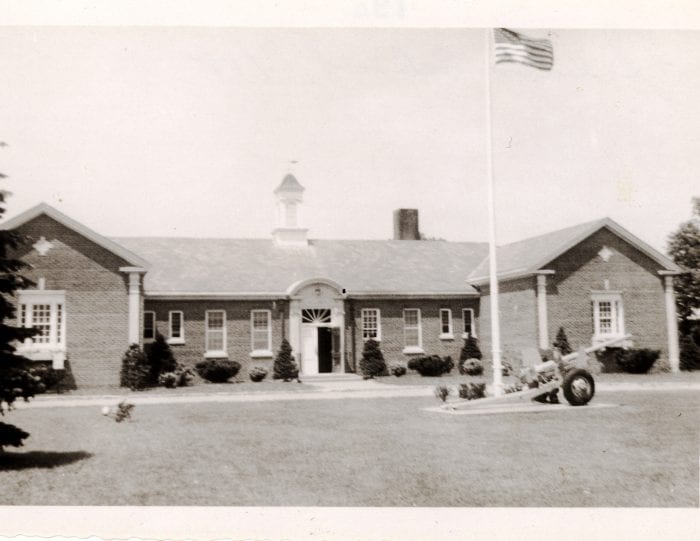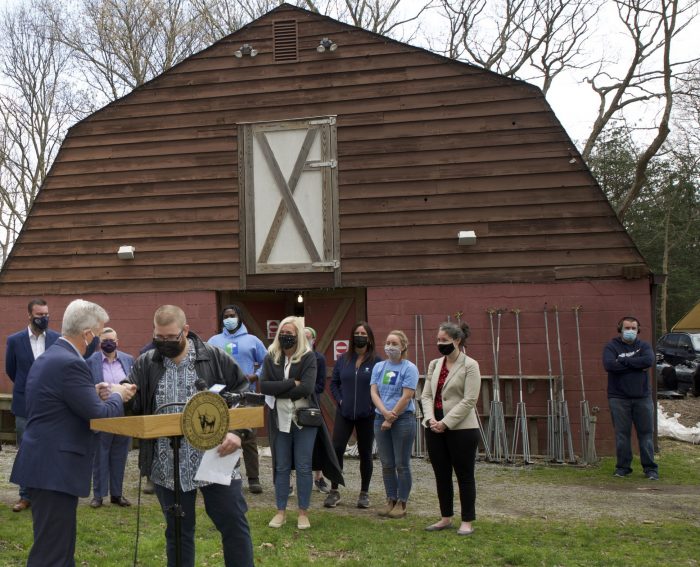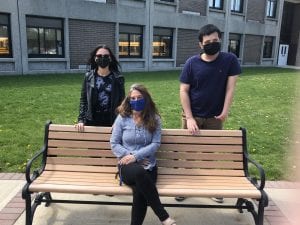By Iryna Shkurhan
Advocates, lawmakers, developers and tenants gathered at ELIJA Farm in South Huntington on Monday morning to announce new inclusive housing opportunities for people with intellectual and developmental disabilities.
Suffolk County Executive Steve Bellone (D) reported that an additional $10 million in funding will go to the development of 10 new housing units in Riverhead through the county’s inclusive housing pilot program.
“We’ve now funded more inclusive housing units in Suffolk County than we have seen in the state,” Bellone said.
He first announced a pilot program in 2019 to fund projects designed to meet the regional need to develop new housing opportunities. After a successful trial run that saw a necessary demand, the program will now be permanent. A sum of $2.5 million dollars will be allocated every year for the next four years to fund inclusive housing projects for people with intellectual and developmental disabilities.
The announcement came during Autism Acceptance Month, which Debora Thivierge, executive director and founder of The ELIJA Foundation, called “Autism Action Month.” It also falls under Fair Housing Month, celebrated every April.
Thivierge founded ELIJA Farm as a nonprofit project in 2016. The farm’s Community Supported Agriculture program offers methodical opportunities for diverse populations and integrates members into the life and community of the farm.
“For us its original purpose was to empower Long Island’s journey through autism and today couldn’t be a more significant day to kind of mark that mission,” Thivierge said at a press conference in Huntington last week.
According to the New York Housing Resource Center, there are more than 25,000 adults in Suffolk County with intellectual or developmental disabilities and 63% of them live with family caregivers. Of those caregivers, 25% are over the age of 60.
Ten units in Riverhead were completed earlier this year and are now fully occupied by individuals eligible to receive services through the New York State Office for People with Developmental Disabilities.
Gateway Plaza, developed by G2D Group, was bought as a 64-unit apartment building in Huntington Station. Part of those units will be devoted to people on the autism spectrum.
It is the only apartment building in Huntington with a doorman and its ground floor has about 14,000 feet of commercial space.
“We’re doing everything we can so that all the individuals in our community and across our country have the opportunity to live their best lives, to reach their full potential and that they have equal opportunity to do so,” Bellone said.
Developers believe that the quality of life will be much better for these individuals if they live in an accessible and walkable area of town. With opportunities even on the first floor, residents will be exposed to integration efforts as opposed to living in a remote place and being isolated from their community.
Jason Harris, 22-year-old son of Thivierge and self-advocate moved to one of the Huntington units in February.
“It’s been the greatest experience I’ve had so far, and it feels like I have my independence,” he said. “But I’m not feeling alone.”
The ground floor will have a cafe and office space where residents will have an opportunity to work and be integrated in the community as well as the commercial side of Gateway Plaza.
“This is a game changer for people with autism, and intellectual and developmental disabilities,” said Patricia Calandra, master housing navigator at the New York Housing Resource Center. “We are so grateful to be able to start this bigger, better model of acceptance and inclusion for our loved ones in the local community.”
Calandra is the mother of Joey and Jenna, who are both on the autism spectrum, and have lived independently in a community apartment complex in Coram for the last four years.
She mentioned all the ways her adult children have gained independence and a sense of community from living alone, despite their disabilities. They’ve built relationships with neighbors, taken on work opportunities in the community, and gained the confidence to get out of their comfort zone and venture out on their own, she said.
“Autism Awareness Month is now Autism Acceptance Month,” Thivierge added. “And ELIJA really feels that it’s ‘Autism Action Month’ because we have to start doing things that are really going to make change.”
